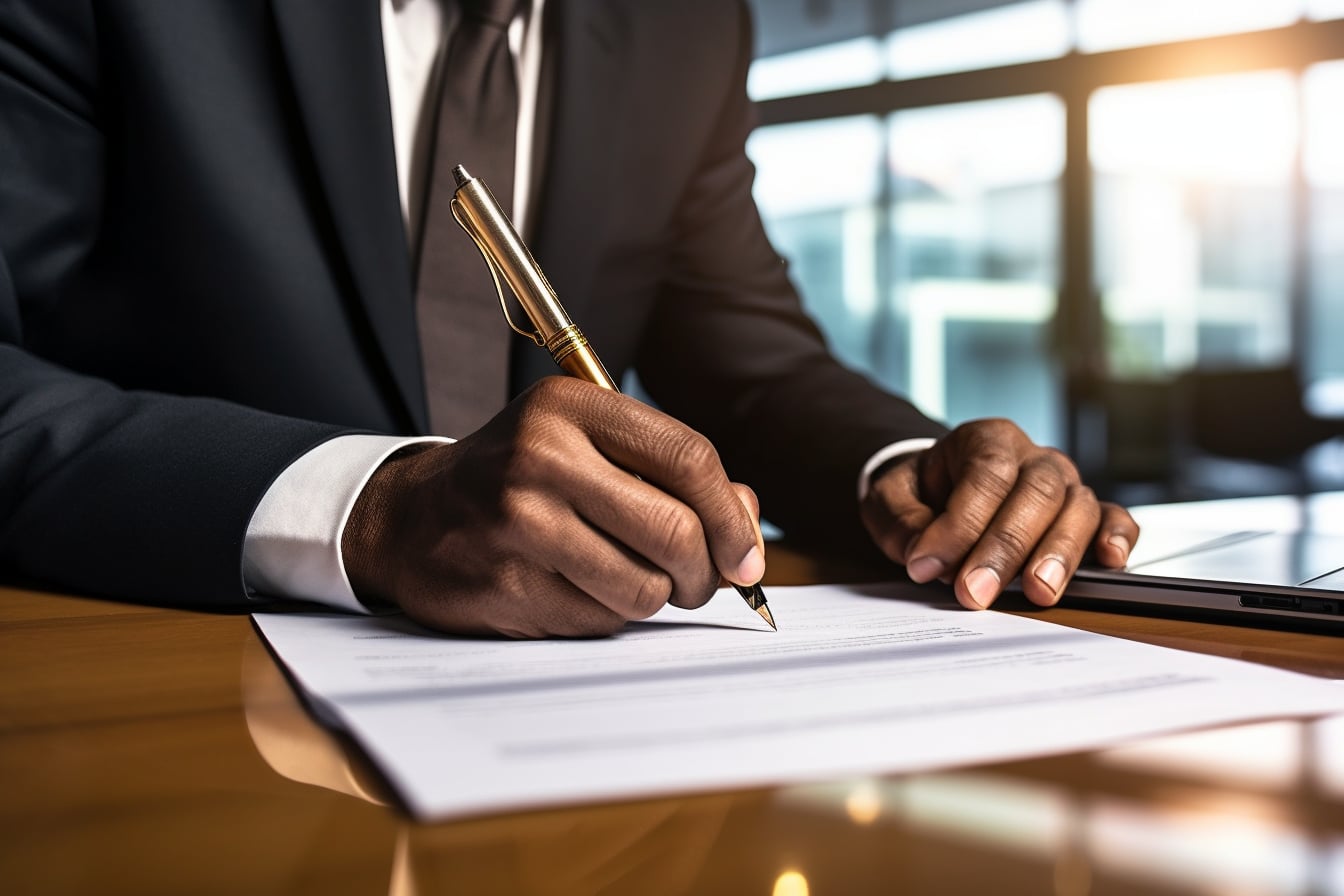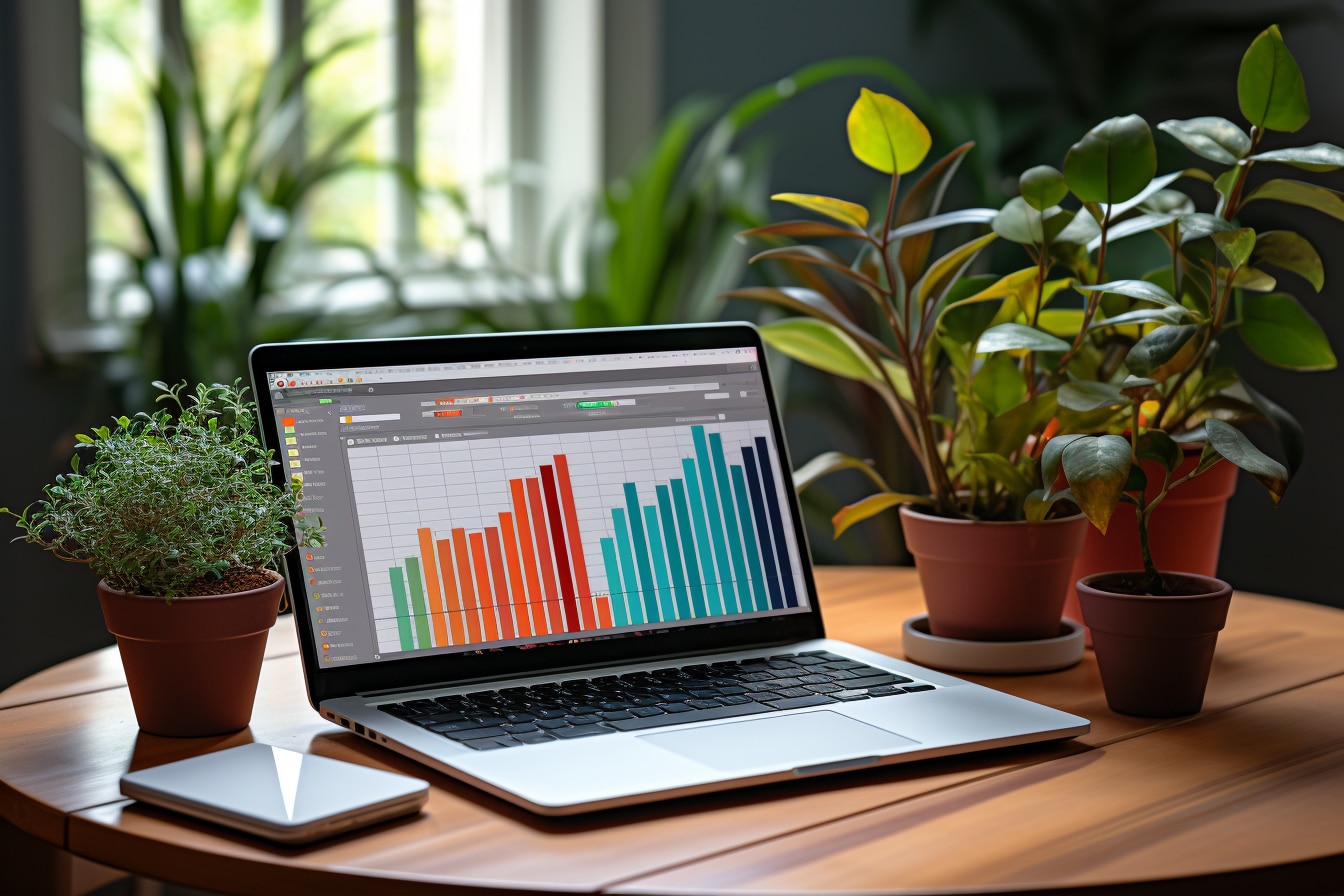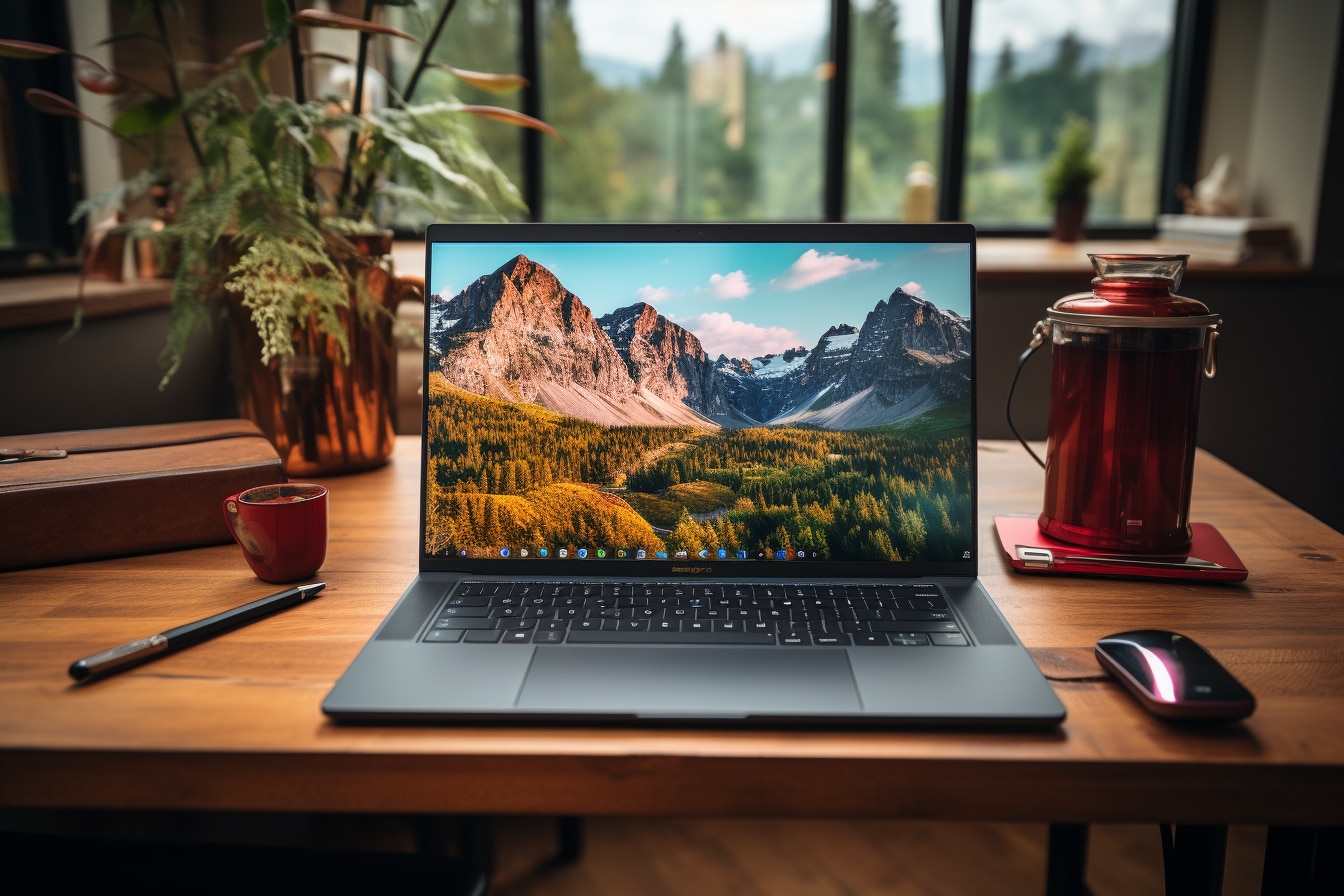Artificial intelligence is increasingly making its presence felt in the art world. Whether it’s writing blog posts, posting on social networks or creating images, its creations are everywhere. However, when using AI software, the question of plagiarism can arise. What about copyright for works created by artificial intelligence?
What is Prompt Art by AI?
AI Prompt Art is the creation of images with the help of artificial intelligence. In recent months, many creators have been using it, notably to hijack the news and publish fake images that have raised questions. Surely you’ve seen those photos of Pope Francis in a white down jacket, or Emmanuel Macron at demonstrations? These “photos” were actually very realistic creations by an artificial intelligence.
Copyright and artificial intelligence
In the world of creative work, both written and visual (cinema, photography, drawing), copyright applies whenever a work has been produced by an individual. But do these copyrights also apply to an image created by an AI?
What are copyrights?

What does this mean? In concrete terms, when an individual creates a work and discloses it in his or her own name, no one can use it without his or her agreement. An author or creator has full rights over his or her work, and can choose whether or not to let it be exploited by others.
Does copyright apply to AI?
Where it gets complicated in terms of copyright is when a work (image, drawing, photo) has been created by artificial intelligence. Since software is not a physical person, there are two possible scenarios:
- If the process of creating the image was a collaboration between the software and a human being, as is the case with computer-aided design (CAD), it is the physical person who becomes the owner of the copyright on his or her work. He or she can then enjoy it as he or she sees fit, and prohibit other creators from copying or using it ;
- If, on the other hand, the image has been created entirely by an artificial intelligence, then it cannot qualify as a work according to copyright, as a “work” can only and solely be the fruit of a human person.
Other legal constraints on AI-generated images
Depending on the scenarios presented above, you may or may not be able to enjoy the full and exclusive use of an image you have requested from an artificial intelligence. However, in certain cases, you also have the right to ask yourself questions about the use you’re going to make of it, or even if the image generated is inspired by already existing images.
Is it possible to use an AI-generated image for commercial purposes?

On the other hand, if the AI alone generated the image, copyright does not apply to the “work”, which is not a work in itself. You should then refer to the Terms and Conditions of Use of the site or software you used to generate your image, to find out if you can use it for commercial purposes.
What happens if the image created by the AI is inspired by another work?
Since artificial intelligence draws its inspiration from already published texts and well-known works, it’s not impossible that if you ask it to create an image from scratch, it will incorporate all or part of a pre-existing work.
If this is the case, you need to make sure that the work incorporated in the image is free of rights, so that you can use it. In France, copyright ends 70 years after the death of the creator, with the exception of moral rights, which revert to the heirs.




